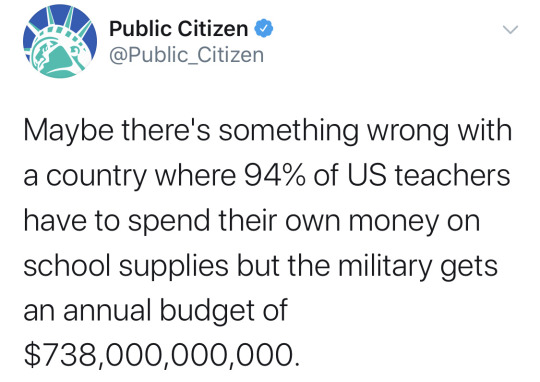Text
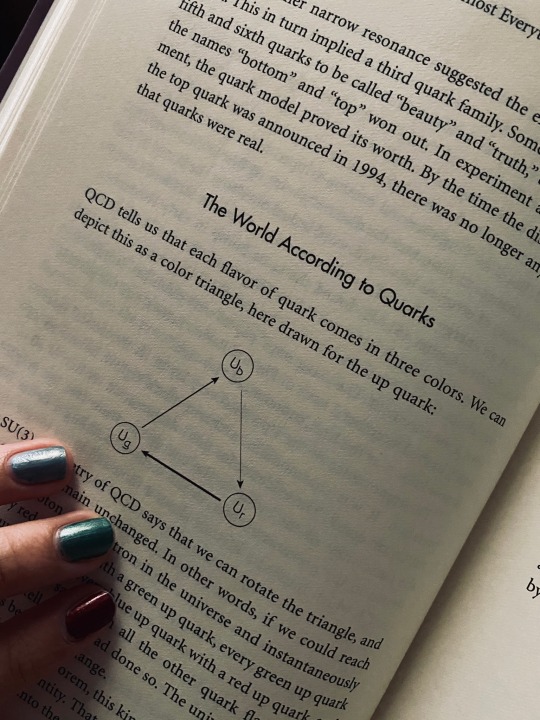
As I'm reading this phenomenal read, The Theory of Almost Everything by Robert Oerter, I notice my nails being the exact colors each of the quark flavors are in! (blue, green, red)
This is my first time reading about quarks (way too interesting: up, down, strange, charm, bottom, top?) that I thought I had to share. A bit of context—I painted my nails with random colors and with no clear intention in mind just a few days before I received the book. I'll definitely remember this book:)
Anymore physics book recs? Yes please!
3 notes
·
View notes
Text

Got a bit of the Saturn and Jupiter conjunction. Hopefully by the 21st they'll be even closer!
6 notes
·
View notes
Text
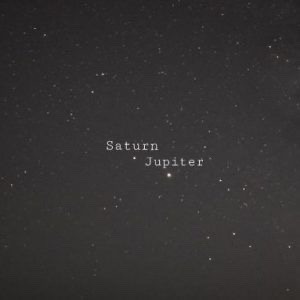
Mark your calendar for Dec. 21st night sky fans! Saturn and Jupiter will be best buds. ★彡
3 notes
·
View notes
Text
Does anybody else ever feel the need to completely forget about whatever you're studying in school and focus on things you're truly passionate about? Yeah, me too.
3 notes
·
View notes
Text

Taking some notes on astronomy lectures I had borrowed. Hopefully I can have my own lecture notes one day. They're the basic things because foundations need to be solidifed.
Taking classes you wish you hadn't : biggest regret from hs.
Revisited the Cosmos from 2011. The book still shines even after the time of me looking through it from before.
#self study#astronomy is rad#physics is just as rad#astrophysics even more rad but not at that stage yet#books#notes#black and white#astronomy#electron cloud#celestial sphere#earth's axis notes#cosmos
2 notes
·
View notes
Text
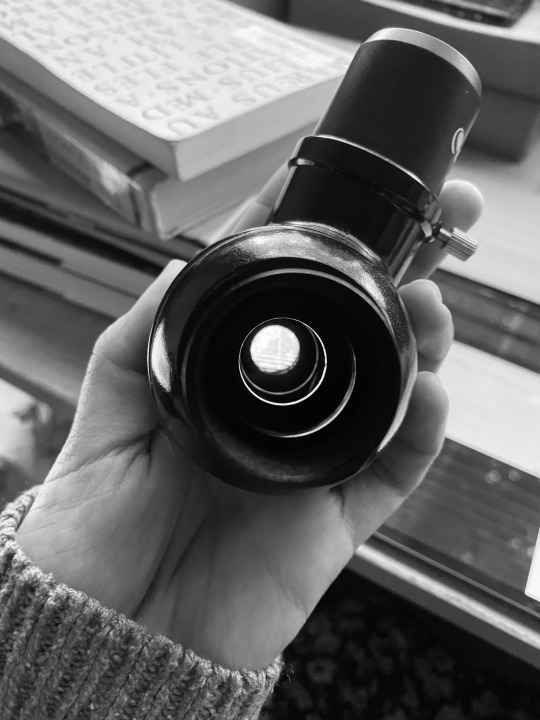
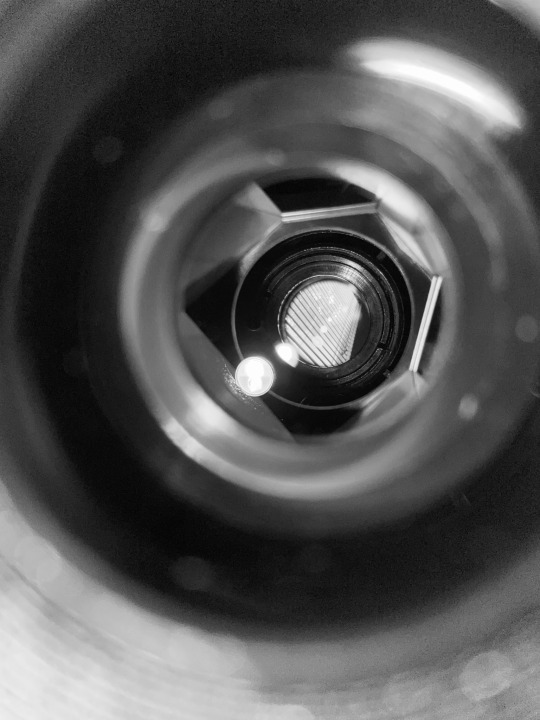
Dusty prism housing
#telescope#celestron#theworsttelescopeforastronomy#stars#books#meditations#lens#aesthetic#black and white
5 notes
·
View notes
Text
somber thoughts fill my head
as I anxiously wait for your arrival.
"maybe tomorrow i'll be a better person..."
then the drinking starts again.
and the stars start to explode
just like the thoughts of you in my head.
they flood my brain, like a supernovae.
-d.c.m's hopeless thoughts
#hopelessromantic#fucklove#drinkingisprettysweet#merlotisagodtierwine#stars#believemealittlekidwoulddobetterthanthisshit#supernovaepoem#drinking#is#good#on#moderation#happybirthdaymom#lookatthisdisappointmentyoucreated#iloveyou#aesthetic#bc#iwroteit#originalpoem#probably#goodpoem#nah#astronomy#improvement#novice#writing#thoughts#ineedfriendswhoactuallycare#dontfallinlovewithyourbestfriend#thankyou
4 notes
·
View notes
Text
something doesn’t need to last forever in order for it to be meaningful. permanence does not equal importance.
313 notes
·
View notes
Text
HOW DO STARS DIE AND HOW LONG DO STARS LIVE??
Blog#38 Saturday, November 21st, 2020
Welcome back,
A star’s life expectancy depends on its mass. Generally, the more massive the star, the faster it burns up its fuel supply, and the shorter its life. The most massive stars can burn out and explode in a supernova after only a few million years of fusion. A star with a mass like the sun, on the other hand, can continue fusing hydrogen for about 10 billion years. And if the star is very small, with a mass only a tenth that of the sun, it can keep fusing hydrogen for up to a trillion years, longer than the current age of the universe.

As stars get smaller, they live longer. Our own sun has been around for 4.3 billion years, slowly turning hydrogen into helium at its core. The sun will run out of this hydrogen fuel in another 5 billion year or so, and it will turn into a red giant. It will expand to many times its original size and then eject its outer layers and shrink down to a tiny white dwarf star, a dense object the size of the Earth. So the total lifespan of a star with the mass of the Sun is about 10 billion years.
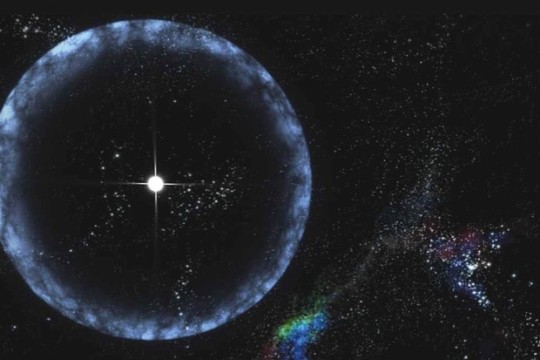
The smallest stars are the red dwarfs, these start at 50% the mass of the Sun, and can be as small as 7.5% the mass of the Sun. A red dwarf with only 10% the mass of the Sun will emit 1/10,000th the amount of energy given off by the Sun. Furthermore, red dwarfs lack radiative zones around their cores. Instead, the convective zone of the star comes right down to the core. This means that the core of the star is continuously mixed up, and the helium ash is carried away to prevent it from building up. Red dwarf stars use up all their hydrogen, not just the stuff in the core. It’s believed that the smaller red dwarf stars will live for 10 trillion years or more.

How long do stars last? The biggest stars last only millions, the medium-sized stars last billions, and the smallest stars can last trillions of years.
Answering the question, “How do stars die?” also depends on its mass. The most massive stars quickly exhaust their fuel supply and explode in core-collapse supernovae, some of the most energetic explosions in the universe. A supernova’s radiation can easily (if only briefly) outshine the rest of its host galaxy.

The remnant stellar core will form a neutron star or a black hole, depending on how much mass remains. If the core contains between 1.44 and 3 solar masses, that mass will crush into a volume just 10 to 15 miles wide before a quantum mechanical effect known as neutron degeneracy pressure prevents total collapse. The exact upper limit on a neutron star mass isn’t known, but around 3 solar masses, not even neutron degeneracy pressure can combat gravity’s inward crush, and the core collapses to form a black hole.

Average stars with up to 1.44 solar masses, such as the Sun, face only a slightly less exotic fate. As they run out of hydrogen to fuse in their cores, they swell into red giant stars before shedding their outer layers. The remnant left behind in these planetary nebulae is a white dwarf star. Like neutron stars, white dwarfs no longer fuse hydrogen into helium, instead depending on degeneracy pressure for support — this time, the electrons are degenerate, packed together and forced into higher energy states, rather than the neutrons.
COMING UP!!
(Wednesday, November 25th,2020)
“Astronomers Detect Millions of Signals From an Intelligent Civilization: Us”
70 notes
·
View notes
Text
“Many adults are put off when youngsters pose scientific questions. Children ask why the sun is yellow, or what a dream is, or how deep you can dig a hole, or when is the world’s birthday, or why we have toes. Too many teachers and parents answer with irritation or ridicule, or quickly move on to something else. Why adults should pretend to omniscience before a five-year-old, I can’t for the life of me understand. What’s wrong with admitting that you don’t know? Children soon recognize that somehow this kind of question annoys many adults. A few more experiences like this, and another child has been lost to science. There are many better responses. If we have an idea of the answer, we could try to explain. If we don’t, we could go to the encyclopedia or the library. Or we might say to the child: “I don’t know the answer. Maybe no one knows. Maybe when you grow up, you’ll be the first to find out.”
— Carl Sagan
8K notes
·
View notes
Photo
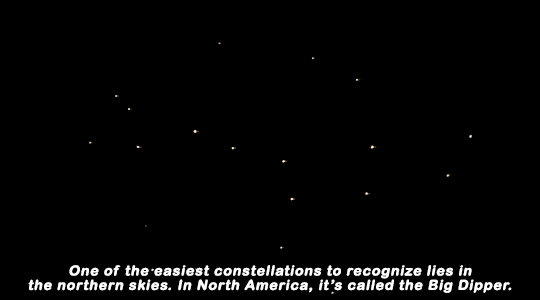






COSMOS: A Personal Voyage (1980) written by Carl Sagan, Ann Druyan, and Steven Soter
“The night sky is interesting. There are patterns there. If you look closely, you can see pictures.”
4K notes
·
View notes
Photo

the very first simulated image of a black hole, calculated using a 1960s punch card IBM 7040 computer and plotted by hand by French astrophysicist Jean-Pierre Luminet in 1978.
19K notes
·
View notes
Photo


“I’ll drown myself in absinthe and tears before I fall out of love with you.”
- onyxheartbeat
12K notes
·
View notes
